The Historical Evolution of Temporary Structures
Built to disappear - The story of how temporary architecture changed our world.
Temporary structures have long played an indispensable role in society, serving many purposes throughout history, from the tents of the nomadic era and prefab houses to the pop-up hospitals and large-scale event venues that we see today.
Join us as we explore a full history of temporary structures and their lasting influence on society.
The dawn of temporary structures
Temporary architecture has humble beginnings, starting as simple shelters for market stalls or gatherings created to serve the immediate needs of the community.
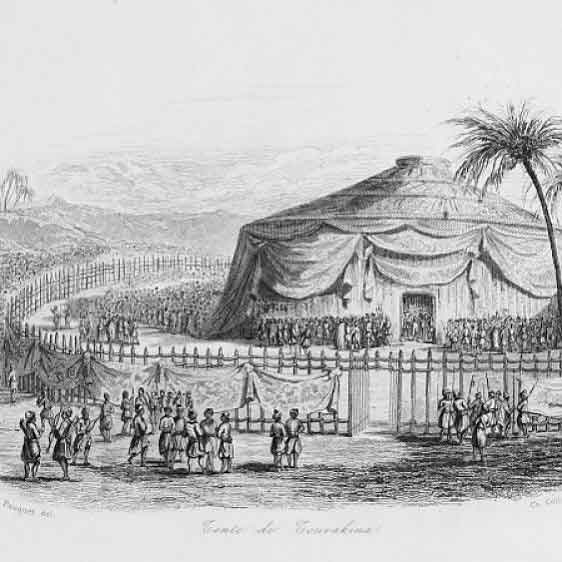
As society evolved, so did the concept of temporary spaces. Medieval Europe saw tents and pavilions at fairs and royal celebrations, transforming them from practical shelters to symbols of festivity and grandeur.
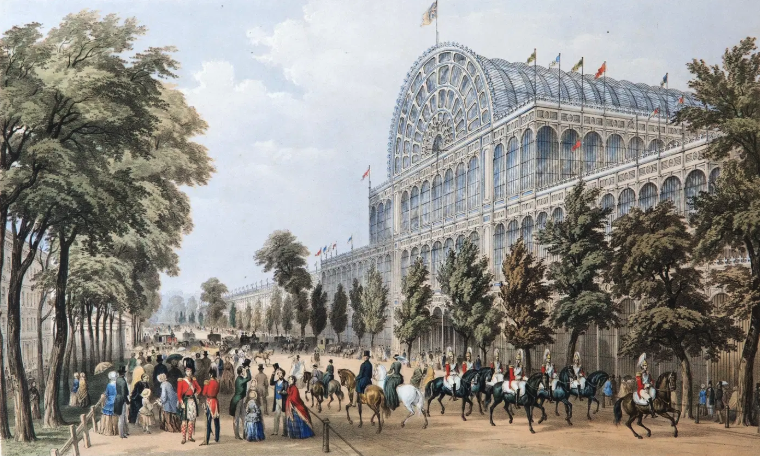
The pioneers of large-scale temporary venues
The Great Exhibition of the 19th century introduced temporary architecture on an unprecedented scale with the iconic Crystal Palace, a structure made entirely of steel and glass. The structure was 564 m long, with an interior height of 39 m.
Over 14,000 exhibitors from around the globe gathered in its vast 92,000 m² exhibition space to showcase technological advancements from the Industrial Revolution. The structure was taken down and rebuilt between 1851-1854 at Hyde Park, London, and later rebuilt at Sydenham Hill, where it stayed from 1854-1936.
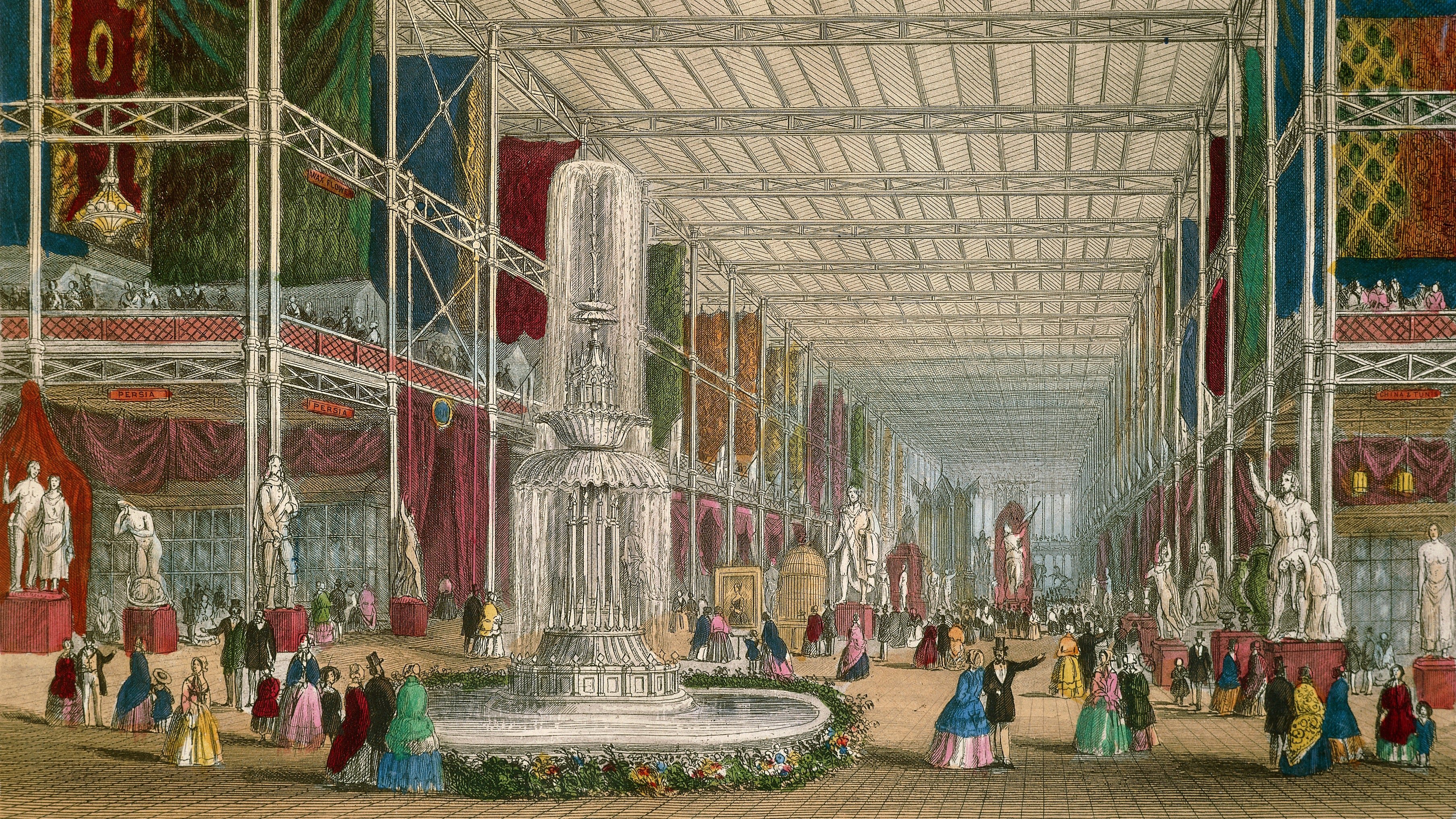
The Palace set a groundbreaking architectural standard for international fairs and exhibitions, inspiring a wave of glass conservatory-style structures.
Its influence was immediately seen in events like the Cork Exhibition (1852), the Dublin and New York City Expositions (1853), the Munich Exhibition (1854), and the Paris Exposition (1855).
This innovative venue showcased how flexible, awe-inspiring spaces could be built, dismantled, and reused more easily than we had ever imagined.
Since then, there has been a long tradition of using temporary venues to host fairs, celebrations, trade shows and large sporting events.
Rising demand fuels the growth of temporary architecture
Soon after came another type of industrial era, where we saw new materials like steel and reinforced fabrics, making temporary structures stronger and more durable than ever. As cities expanded and industries grew, the need for adaptable spaces was only becoming more clear.
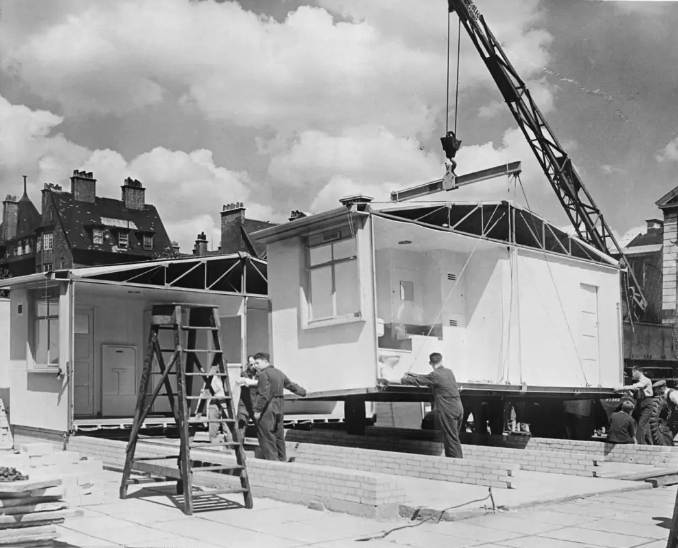
Between 1911 and 1917, American System-Built Houses were developed, combining prefabrication with individuality. Standardised elements like beams and windows were factory-made and assembled on-site, allowing for unique designs while reducing costs and construction time.
The goal was to make quality, personalised homes accessible to all. Since the 1960s, design firms across the globe have experimented with mobile structures and temporary buildings using a variety of materials and methods.
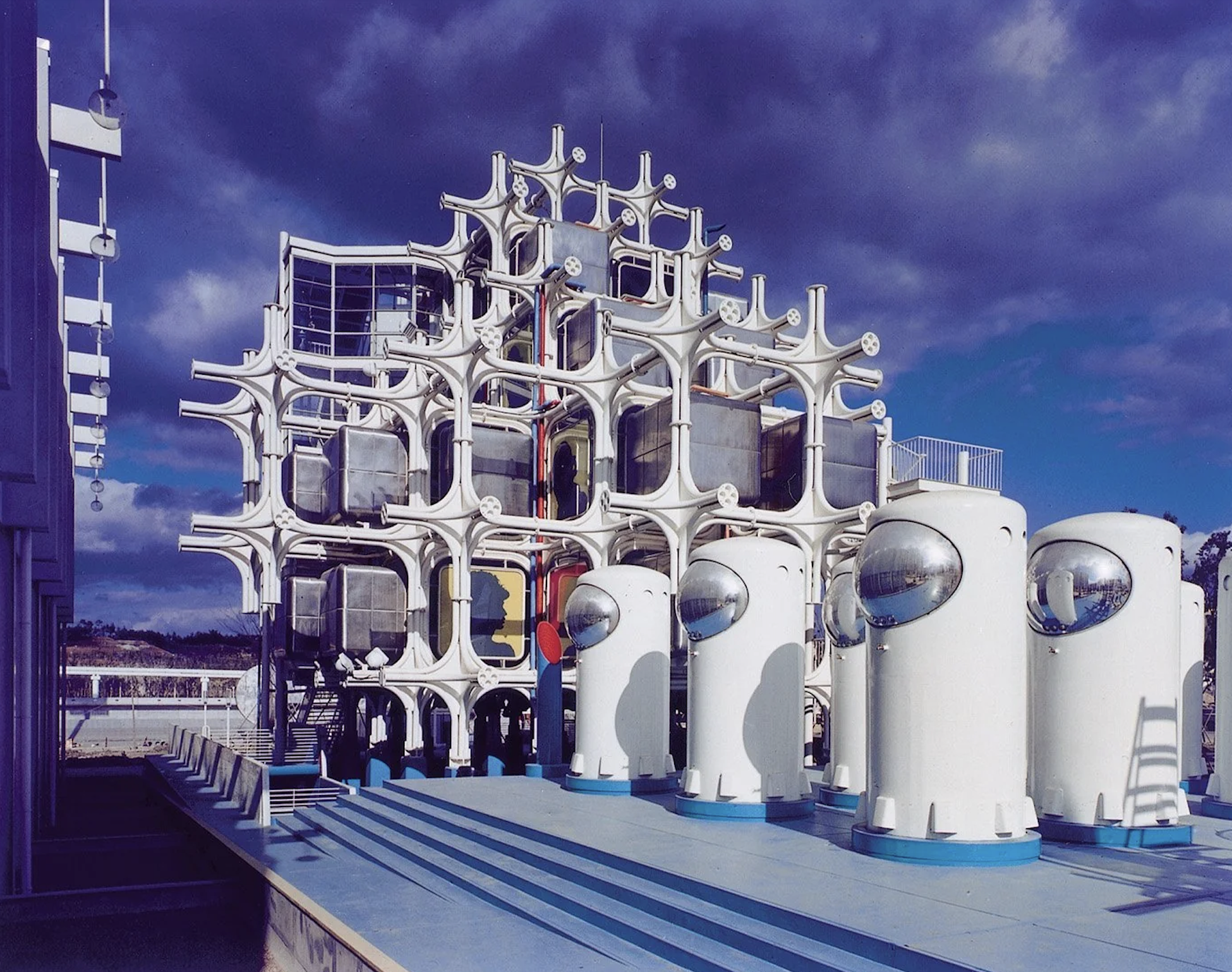
At the 1970 World Expo in Osaka, Japanese architect Noriaki Kurokawa's Takara Beautilion pavilion showcased square pods that could be detached or relocated from a cross-shaped metal skeleton, representing another significant advancement in temporary architecture design.
Temporary structures quickly found their place across many industries, supporting everything from trade fairs to military operations, all laying the groundwork for today’s innovative structures.
Our own history
Over 100 years ago, Friedrich Losberger and Klaas de Boer laid the foundation for what would become Losberger De Boer, global leader in temporary and semi-permanent space solutions.
Both entrepreneurs could never suspect that the tents they built by hand in Heilbronn (Germany) and Hensbroek (Netherlands), about 375 miles apart, would mark the start of a company that would go on to supply some of the largest venues for the Olympic Games and World Cup Football.
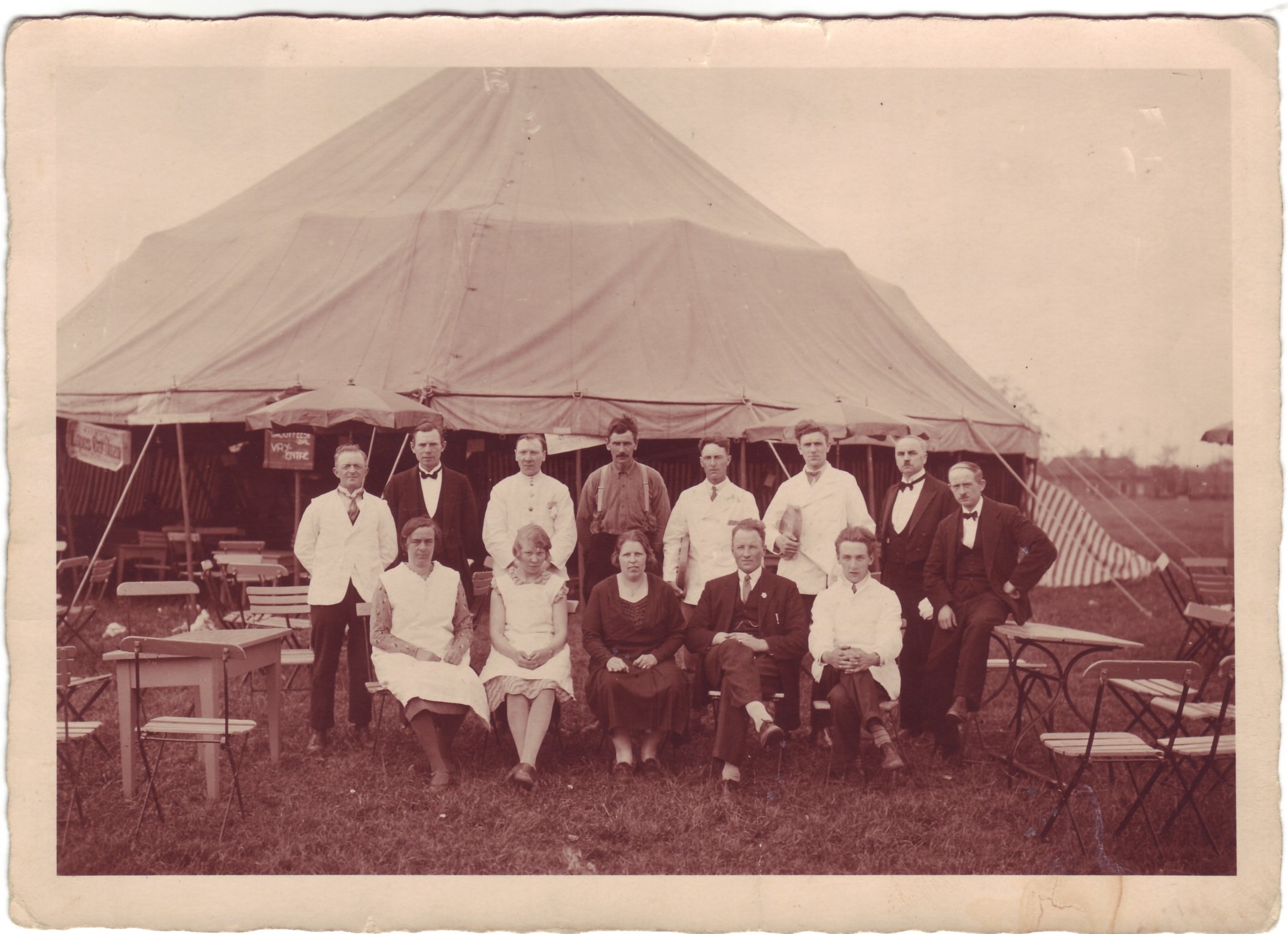
The Origins of Losberger
In Heilbronn 1919, Friedrich Losberger built his first tent for a travelling circus. The times, however, were turbulent, and Losberger’s factory was destroyed during World War II.
He rebuilt at a new location, and from then on, everything revolved around producing temporary structures and growing the company.
The Origins of De Boer
De Boer was founded in 1924 in the rural town of Hensbroek, the Netherlands, by Klaas de Boer, who owned a local bar and a grocery shop.
One day, for the annual village festival, Klaas created a sheltered cafe using poles and tarpaulin in an effort to provide a covered space for villagers to enjoy the festivities. The success of his efforts led to more and more people asking for the same thing at their festivals.
The Merger: Losberger De Boer
Losberger and De Boer had already worked together quite a few times when, in 2017, the companies decided to move forward together as Losberger De Boer, combining their knowledge, experience, capacity and market share. Today, everything from product development and production to sales and rental comes from one single source.
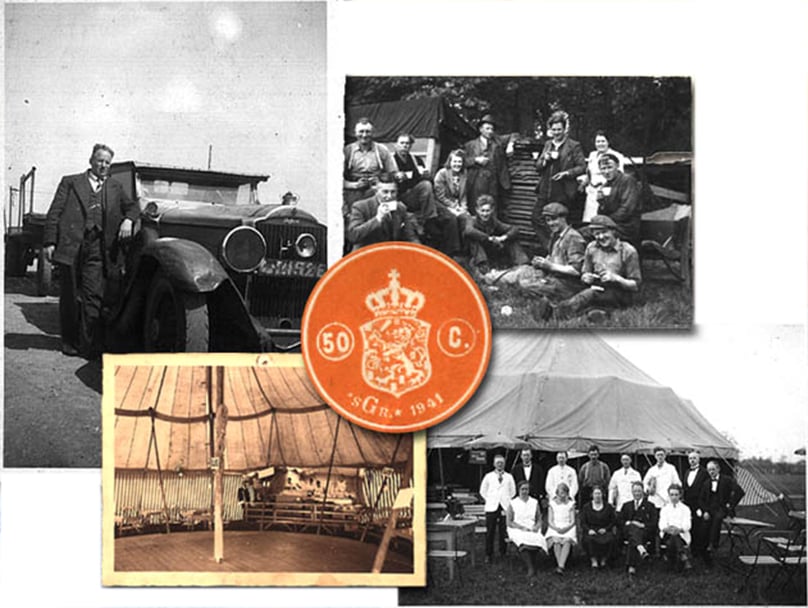
How temporary construction has evolved
Several common techniques have emerged in the construction of temporary architecture.
- Creative use of traditional materials: Common materials like wood, steel, concrete, and glass are used innovatively to create artistic and functional installations.
- Non-traditional materials: Lightweight options like plastics, cardboard, composites, and fabrics are employed, especially for structures with minimal structural loads.
- Modular components: Prefabricated elements like shipping containers or trailers are stacked or arranged to form adaptable and enclosed spaces.
How brands leverage temporary venues
Temporary architecture today is approached with the same careful design and analysis as traditional architecture, and in some cases, even more so, as it often demands innovative solutions to meet unique, short-term needs.
Beyond rapid construction, temporary structures have also lent themselves to experimentation and artistic freedom.
One of the most significant developments in temporary architecture is its role in brand storytelling. Temporary event venues offer brands the freedom to create something unique in high-traffic spots without the cost of renting a permanent location.

Designed with shareability in mind, they become Instagram-worthy spots, sparking a wave of user-generated content (UGC) to amplify brands' messaging.
At major events like the Goodwood Festival of Speed or The Wimbledon Championships, branded pavilions, shops, and hospitality spaces draw attention, enhance brand recognition, and become part of the event’s story.

The intersection of technology and design
Technology has also played a transformative role in how temporary architecture is conceived and executed. Advances in computer-based modelling and fabrication also allow much of the work to be done off-site and assembled on location, allowing faster construction times and greater flexibility.
These advancements have enabled far more creative freedom, enabling designers to experiment with bold, non-traditional shapes and forms that were previously impossible with conventional materials and methods.
Sustainability technologies have also taken centre stage in the development of temporary structures. Innovations such as reusable solar panels, rainwater collection systems, and energy-efficient insulation pave the way for more environmentally friendly event spaces.
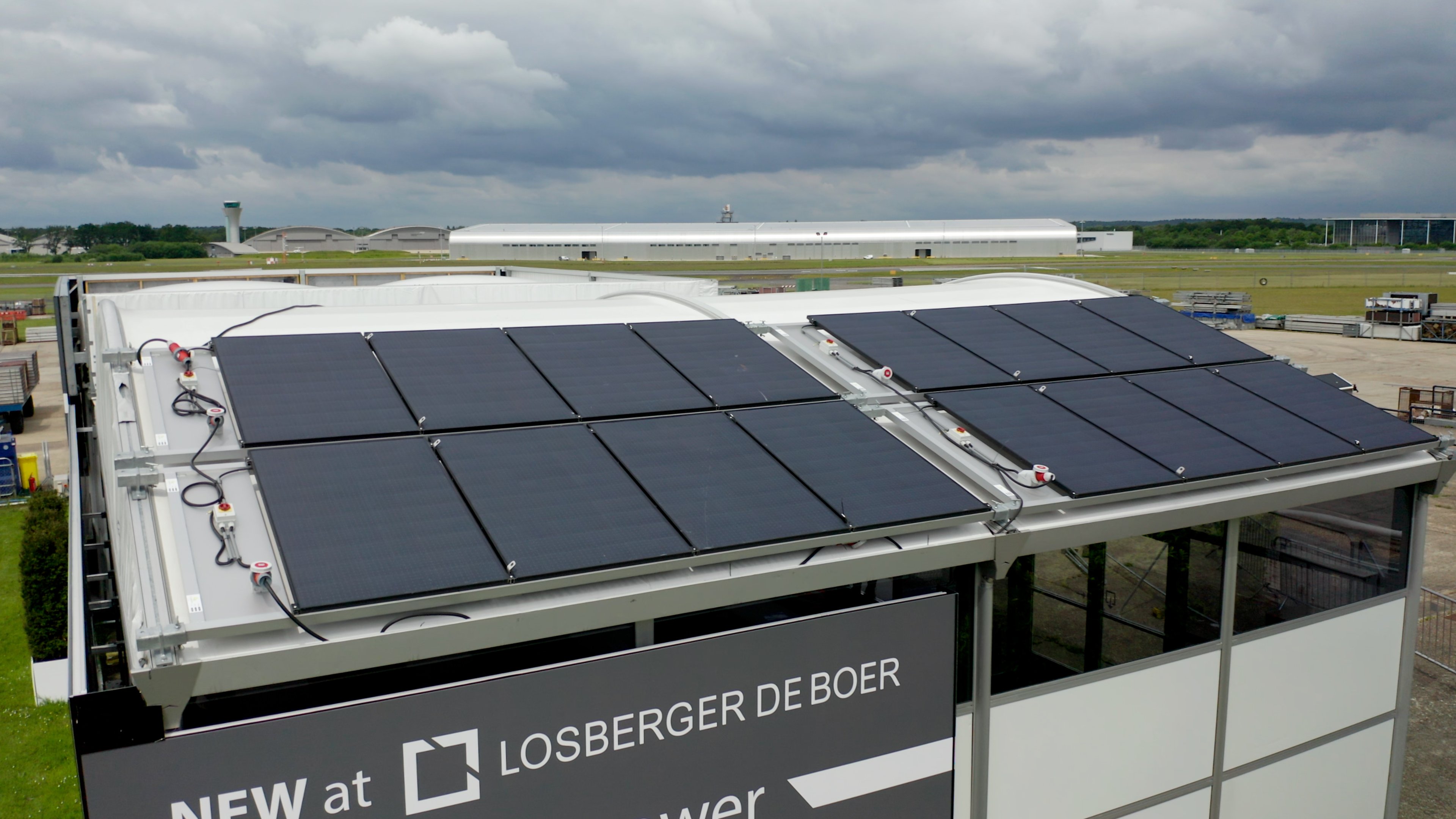
Final thoughts
Temporary architecture has shaped society far longer and more profoundly than many realise, and the opportunity to address short-term requirements has given architects and designers a chance to experiment and push creative boundaries.
This creativity has led to innovations in construction techniques, materials, and methods over time, leading us to the temporary structures we see today. The examples shared are just a glimpse of how temporary architecture continues to leave a lasting impact worldwide.
As we look to the future, the real question becomes: how far can we push the boundaries of what a “temporary” space can achieve?
